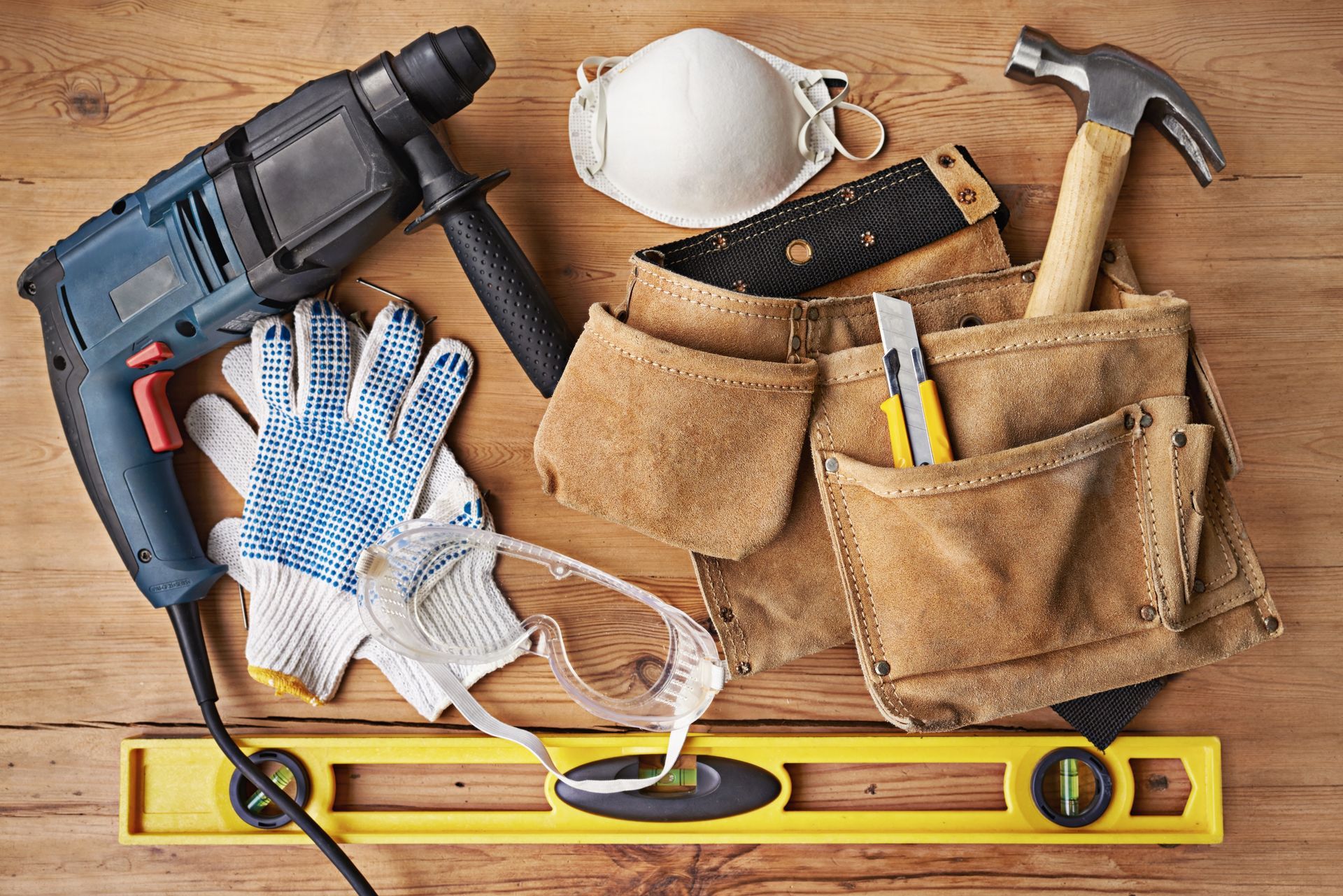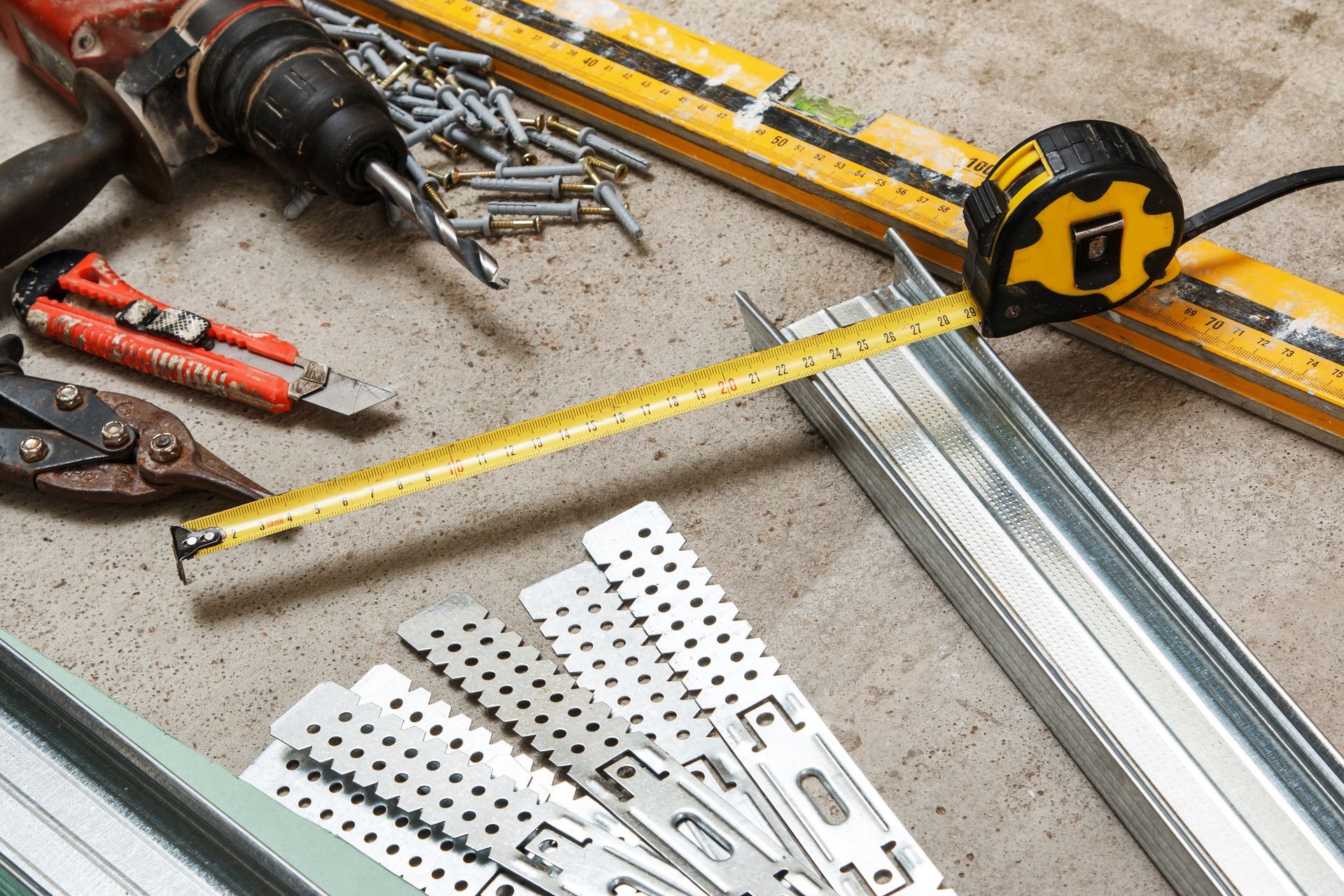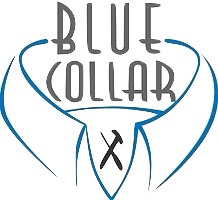Tool and Equipment Insurance For Contractors

See How We're Different:
or call us: 619-719-5818
Top 3 Recommended Policies
Index
Understanding the Basics of Tool and Equipment Insurance
Types of Tool and Equipment Insurance
What Does Tool and Equipment Insurance Cover?
Cost of Tool and Equipment Insurance
How to Choose the Right Tool and Equipment Insurance
Filing a Claim for Tool and Equipment Insurance
Frequently Asked Questions about Tool and Equipment Insurance
Contact Us
Phone
Location
As a contractor, your tools and equipment are essential to your business’s success. Protecting these assets should be a top priority, and that's where tool and equipment insurance comes into play. This guide will cover everything you need to know about this specialized insurance, from understanding the basics to filing a claim.
Understanding the Basics of Tool and Equipment Insurance
Tool and equipment insurance is designed to cover losses related to your tools and equipment used in your contracting business. This type of insurance is crucial for contractors, as the financial impact of losing essential tools can be substantial.
Many contractors may wonder whether they really need such insurance. The answer is a resounding yes. Unexpected events such as theft, damage, or loss can severely affect your operations and profitability. Without proper coverage, these events could lead to significant financial burdens.
What is Tool and Equipment Insurance?
Tool and equipment insurance is a specialized type of policy that provides coverage for tools and equipment used in the course of business operations. This insurance can cover various situations, including theft, fire, and accidental damage.
Unlike general liability insurance, which typically covers property damage or injuries to third parties, tool and equipment insurance focuses specifically on the equipment and tools owned or leased by the contractor. Therefore, it’s important for contractors to consider this coverage as part of their risk management strategy.
Why Contractors Need Tool and Equipment Insurance
Contractors often rely on a range of expensive tools and equipment to complete their work. If these items are lost or damaged, it can lead to delays, increased costs, and potential loss of clients. Tool and equipment insurance mitigates these risks by providing a financial safety net.
Moreover, having this insurance can enhance your credibility with clients. Many clients prefer contractors who are insured, as it demonstrates professionalism and reduces the risk of liability. Some contracts may even require proof of insurance before work begins.
Key Terms in Tool and Equipment Insurance
Before diving deeper into tool and equipment insurance, it’s essential to understand some key terms:
- Deductible: The amount of money you must pay out-of-pocket before the insurance coverage kicks in.
- Exclusions: Specific situations or items that the policy does not cover.
- Limits of liability: The maximum amount the insurance will pay in the event of a claim.
Understanding these terms will help you make informed decisions as you navigate the world of insurance. Additionally, it’s worth noting that many policies offer customizable options, allowing contractors to tailor their coverage to fit their specific needs. For example, you might choose to include coverage for rented equipment or tools that are temporarily borrowed from another contractor, which can be particularly beneficial in collaborative projects.
Furthermore, contractors should regularly review their insurance policies to ensure they reflect the current value of their tools and equipment. As your business grows and you invest in new tools, updating your coverage becomes essential to avoid underinsurance. Keeping an inventory of your tools, along with their purchase receipts and current market values, can streamline this process and ensure that you are adequately protected against potential losses.

Types of Tool and Equipment Insurance
Contractors can choose from various forms of tool and equipment insurance, each tailored to different needs and situations. Here are three common types:
Inland Marine Insurance
While the name may be confusing, inland marine insurance is designed to cover tools and equipment that are transported over land. This type of policy is particularly beneficial for contractors who frequently move their tools from one job site to another.
Inland marine insurance can also cover tools that are stored off-site. This type of coverage is vital for contractors who don’t have a permanent workspace and need to protect their tools while they are in transit or at a temporary location. Additionally, this insurance can often be customized to include coverage for specific high-value items, ensuring that even the most expensive tools are protected against loss or damage during transportation.
Commercial Property Insurance
Commercial property insurance generally covers physical locations and the business's contents stored within those sites. For contractors, this can include tools and equipment kept at a business address or storage facility.
This type of insurance offers protection against losses stemming from events like fire, theft, or natural disasters. It's worth noting that while it may offer broad coverage, it should not be solely relied upon for tools that are frequently transported or on job sites. Furthermore, many policies can include additional endorsements that expand coverage to include equipment breakdown or business interruption, providing a more comprehensive safety net for contractors who rely heavily on their tools for daily operations.
Builders Risk Insurance
Builders risk insurance is often applied during ongoing construction projects, covering materials, fixtures, and equipment on-site. For contractors, this type of insurance is particularly essential during building projects, as it protects against losses during construction.
This coverage can include various risks, such as vandalism, theft, and certain types of weather damage. However, it's similarly vital to consult policy details, as not all builders risk policies are created equal. Some policies may also offer coverage for soft costs, such as lost income due to project delays, which can be a significant financial burden for contractors. Understanding the specific terms and conditions of a builders risk policy can help contractors ensure they are adequately protected against the unique risks associated with construction projects.
What Does Tool and Equipment Insurance Cover?
Understanding what tool and equipment insurance covers is crucial for deciding if it’s right for you. Generally, this insurance covers the following categories:
Coverage for Tools and Equipment
Most tool and equipment insurance policies directly cover the loss or damage to tools and equipment owned by the contractor. This can include anything from hand tools to power tools and machinery.
Typically, coverage applies to specific risks like theft, accidental damage, and certain natural disasters, allowing you to replace or repair your equipment without incurring massive costs. For instance, if a storm damages your machinery or a break-in results in stolen tools, having this insurance can significantly mitigate the financial impact, ensuring that your business can continue operating smoothly.
Coverage for Employees' Tools
In addition to covering your tools, some policies also extend coverage to tools owned by your employees. This can be particularly beneficial if you require your team to provide their own tools.
Keep in mind that not all policies automatically include this coverage, so it's essential to verify this with your insurer and potentially adjust your policy according to your business model. Furthermore, providing coverage for your employees' tools can enhance job satisfaction and loyalty, as it demonstrates a commitment to their well-being and success on the job.
Coverage for Leased or Rented Equipment
Many contractors lease or rent equipment to complete specific jobs. Tool and equipment insurance can also cover losses related to leased or rented equipment, which is crucial in the contracting industry where borrowing equipment is common.
This coverage protects you from liability in case the rented equipment gets damaged or lost while in your possession, allowing you to focus on your work without worrying about additional costs incurred through rental agreements. Additionally, understanding the terms of your rental agreements in conjunction with your insurance policy can help you navigate any potential pitfalls, ensuring that you are fully protected during your projects.
Business Interruption Coverage
Another important aspect of tool and equipment insurance is the potential for business interruption coverage. If your tools or equipment are damaged or stolen, this coverage can help compensate for lost income during the time it takes to repair or replace your essential tools.
This is particularly vital for contractors who rely heavily on their equipment to complete jobs on time. By having this additional layer of protection, you can safeguard your cash flow and maintain your business operations even when faced with unexpected setbacks.
Cost of Tool and Equipment Insurance
The cost of tool and equipment insurance can vary widely depending on several factors, including the size of your business, the types of tools you own, and your claims history. Here, we delve deeper into those influencing factors:
Factors Affecting the Cost of Insurance
Several factors can determine your insurance premium:
- Value of Tools and Equipment: The more valuable your tools are, the higher the premium may be.
- Location: Areas with higher crime rates may result in higher premiums due to increased risk.
- Claims History: A history of frequent claims can raise your premium as it indicates higher risk.
- Coverage Limits: Higher coverage limits will naturally lead to higher premiums.
Studying these factors will help you better understand the overall cost of insurance and how it applies to your specific business model. Additionally, the age and condition of your tools can also play a significant role in determining your premium. Newer tools may be more expensive to insure due to their higher replacement value, while older tools might be less costly but could also be more prone to breakdowns and accidents, which can affect your claims history.
How to Get a Quote for Tool and Equipment Insurance
Getting a quote for tool and equipment insurance is a relatively straightforward process. Start by researching different insurance providers that specialize in contractor insurance. Many of these companies will allow you to obtain quotes online through their websites.
When seeking a quote, be prepared to provide details about your business, including the types of equipment you own, your annual income, and any prior insurance claims. Most insurers will consider your specific needs to offer a customized quote that fits your business. It's also wise to inquire about any available discounts, such as those for bundling policies or for maintaining a clean claims record. Engaging with an insurance broker can be beneficial as they can help you navigate the various options and find the best coverage tailored to your unique circumstances.

How to Choose the Right Tool and Equipment Insurance
Choosing the right tool and equipment insurance is crucial to ensure that your business is adequately protected. Here are several strategies to guide your decision-making process:
Understanding Your Business Needs
Before selecting your insurance policy, take a step back to evaluate the specific needs of your business. Consider the types of tools you rely on and the different risks you may face. A thorough assessment will help you determine the amount of coverage that's necessary.
For specific jobs or projects, think about whether you require additional coverage or adjustments to your standard policy. This assessment can position you to select the most suitable coverage tailored to your business's unique needs.
Comparing Different Insurance Providers
Not all insurers offer the same level of coverage or customer service. It's essential to compare several insurance providers to find one that meets your needs and budget. Look for providers with good reputations, solid financial standing, and excellent customer service records.
Reading reviews and seeking testimonials from other contractors can be valuable in assessing potential providers. Don’t hesitate to reach out to multiple companies for tailored quotes, as this can lead to cost savings and better coverage options.
Reading and Understanding the Policy Terms
When you narrow down your options, thoroughly read the policy documents. Pay special attention to coverage limits, deductibles, exclusions, and other critical terms. Understanding what is and isn’t covered is vital so there are no surprises when you need to file a claim.
If any terms seem ambiguous or unclear, don’t hesitate to ask your insurance provider for clarification. Knowledge is power, and being fully informed will help you avoid pitfalls in times of need.
Filing a Claim for Tool and Equipment Insurance
In the unfortunate event that you need to file a claim, knowing the process ahead of time can save you stress. Here’s how to approach filing a claim effectively:
When to File a Claim
It's important to file a claim as soon as you are aware of a loss or damage to your tools and equipment. Delaying the claim can sometimes lead to complications or denials. Always check the specific time frames outlined in your policy regarding claims submission.
Common situations where you may need to file a claim include theft, fire damage, or substantial wear and tear. Document any incidents thoroughly, including taking photos and collecting witness statements when applicable.
The Process of Filing a Claim
The claims process generally begins with notifying your insurance provider as soon as possible about the loss. They will then guide you through the required steps to initiate the claims process.
You may be required to fill out specific forms and provide necessary documentation to support your claims, such as receipts or photographs of damaged equipment. Cooperation with your insurer can facilitate a smoother claims process.
Tips for a Successful Claim
To increase the likelihood of a successful claim, maintain detailed records of your equipment, including purchase receipts and maintenance logs. Regularly take inventory of your tools and equipment to keep them documented.
Also, ensure that you communicate clearly and provide all requested information promptly. Documentation and transparency are key elements that can support your case during the claims review.
Frequently Asked Questions about Tool and Equipment Insurance
As tool and equipment insurance can be a complex subject, here are some frequently asked questions to provide further clarity:
Is Tool and Equipment Insurance Mandatory?
While tool and equipment insurance is not typically legally mandated, it is strongly recommended for contractors. Many contracts may specify the need for such insurance, so evaluate your agreements carefully to ensure compliance with client requirements.
Additionally, having this coverage can protect your financial interests, making it a wise investment for your business.
What is Not Covered by Tool and Equipment Insurance?
While tool and equipment insurance offers robust coverage, certain exclusions often apply. Common exclusions may include losses due to wear and tear, improper maintenance, or damage caused by intentional acts.
Consult your policy documentation to familiarize yourself with specific exclusions, as they can vary significantly among providers and plans.
Can I Add Tool and Equipment Insurance to My Existing Business Insurance Policy?
Depending on your insurance provider, it may be possible to add tool and equipment coverage to your existing business insurance policy. This can be an efficient approach for streamlining your insurance needs.
Before making any adjustments, however, consult with your insurance agent to review all policy options and understand any potential changes in coverage or premiums.
In conclusion, tool and equipment insurance is a critical component for contractors looking to safeguard their essential assets. Understanding the types of coverage available and evaluating your specific needs can lead to a well-informed decision. By conducting thorough research and engaging with reliable insurance providers, you can ensure that your business remains protected against unexpected events, allowing you to focus on delivering quality work and growing your contracting business.
